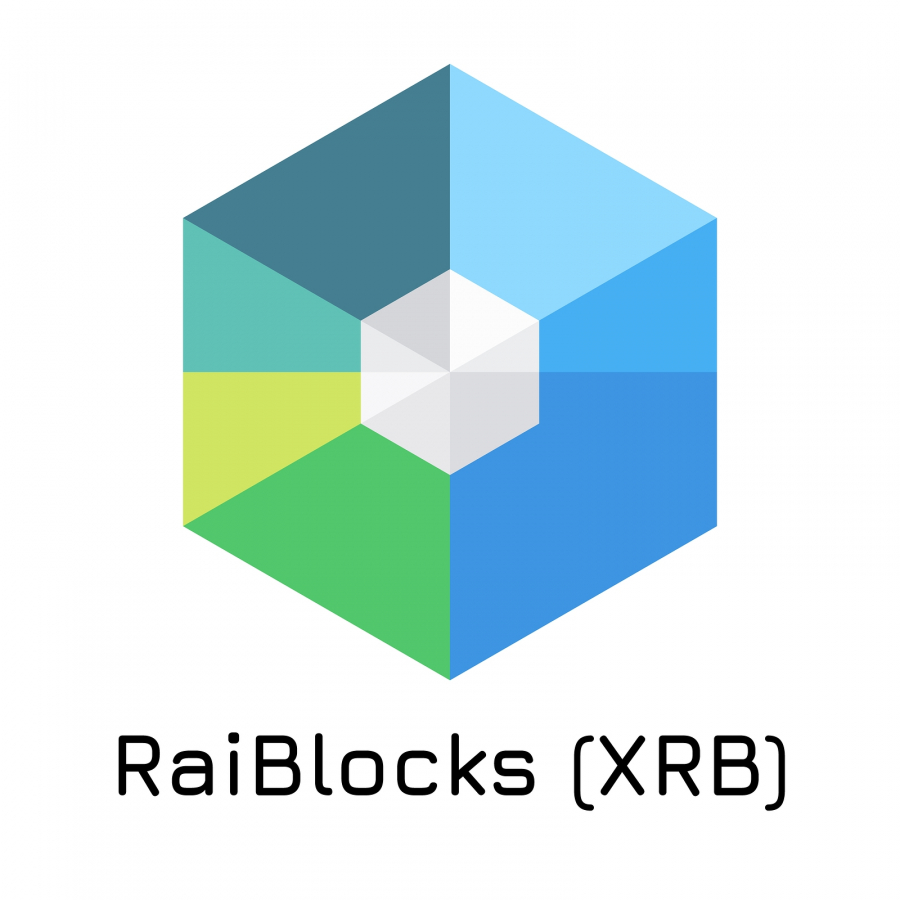Earlier in February, the relatively new cryptocurrency Raiblocks successfully completed a name change from Raiblocks (XRB) to Nanocurrency (NANO). It also successfully added a new website and logo, plus wallets and addresses. The core developer team changed the name mostly because users were confused about how to pronounce it, though the team was also concerned that the Raiblocks sounded generic and boring. The crypto community welcomed and celebrated the Nano name change decision, and Nano's price shot up 38% after the name change was complete. It currently has a $1.3 billion market capitalization, 25th of all cryptos. Savvy investors would be wise to carefully watch the young crypto as it transitions into a new stage.

Nano eschews the normal design of a blockchain, or a line of blocks that records transaction history, in favor of a block lattice, or directed acyclic graph (DAG). A block lattice is a record system in which every account holder maintains a private blockchain in which each block holds a single transaction. Because each account holder provides the computational power to verify only their own transactions, the entire network is not required to update the account ledger together at the same time. Transfers require both a send transaction from the sender and a receive transaction from the receiving account. Nano touts basically instantaneous, no-fee transactions, unlimited scalability, minimal resources for network maintenance, and trustless decentralization. Nano cannot be mined and has no miners, only nodes that maintain the network. It has reached a maximum supply of 133,248,290 NANO. Nano is secured by a proof-of-stake form of node representative democracy: consensus is reached through votes weighted by account balances.
Some of the Nano team's goals include Nano becoming a Internet standard that is fully decentralized and free from political disagreement, competing with fiat currencies as a peer-to-peer payment mechanism, establishing the premier cross-currency trading pair on exchanges, and helping the world's unbanked poor to control and secure their finances. Nano hopes that if it reaches these goals, it will transform money.
Investors attracted to Nano's vision of the future of money have a few options to invest. NANO can currently be bought on just four exchanges: KuCoin, OKEx, BitFlip, and Binance. An easy way to buy NANO is to buy Bitcoin or Ethereum (ETH) and then send the funds to Binance to then trade for NANO. Long-term investors should store their newly acquired NANO off the exchange on their own wallets. Currently 3 wallets exist: an online, desktop, and integrated Telegram app wallet. The Nano team will release a mobile and light wallet in the future.
A few of NANO's headwinds include its youth and market frothiness. NANO was founded in 2015 by one man, Colin LeMahieu, and has risen out of obscurity in the last year alone. So NANO's ledger and network are relatively untested against cyberattacks and fraud. Also, NANO's recent rise could be a sign of irrational exuberance. Its price exploded from $0.008 in March 2017 to an all-time high of $37.62 on January 2nd. Although NANO has fallen with the crypto bear market, its current price may still be overvalued with respect to utility and adoption.
However, Nano is a new frontier of cryptocurrency that offers exciting technology and applications. It would be reasonable to hold NANO as part of a well-diversified portfolio.
The author does not hold any positions in NANO.



















